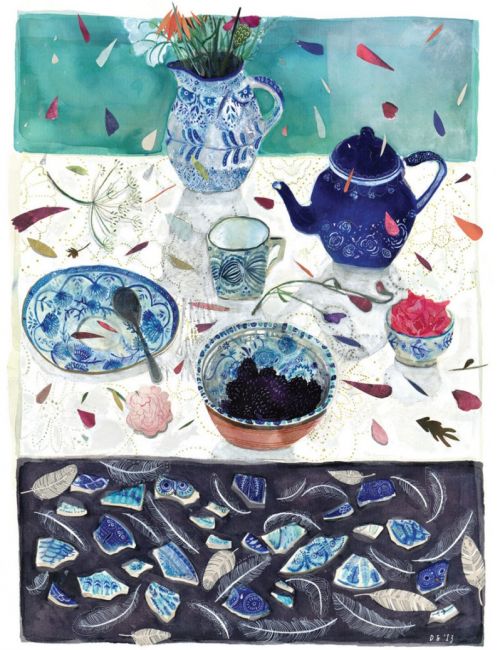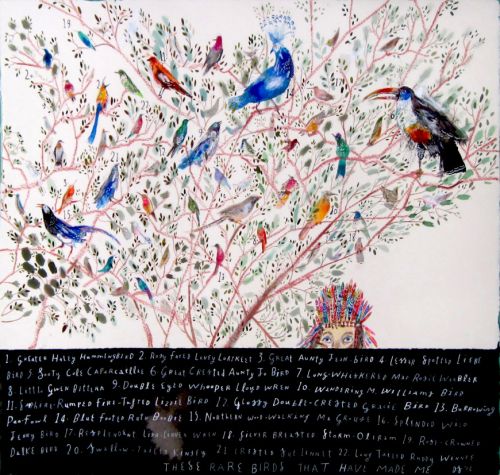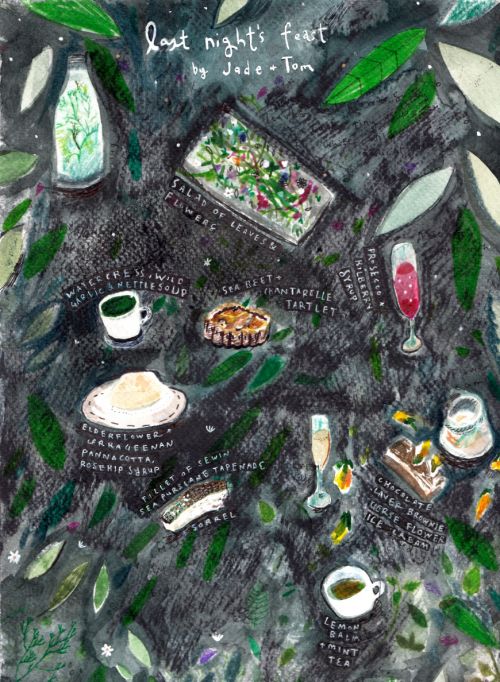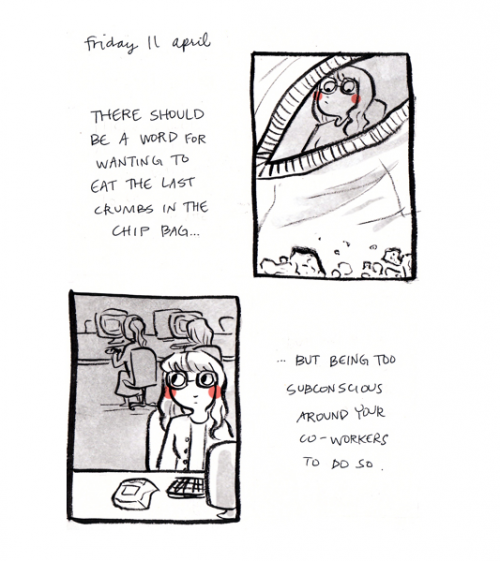Vivian Maier never laid eyes on most of her own photography. When her belongings were sold at a Chicago auction after her death they comprised thousands of undeveloped rolls of film. Since then, she has become known around the world for her striking images of 1950s and 60s street life.

Charlie Siskel, co-director of the documentary Finding Vivian Maier, was one of the first people to see her work in print. Immersed in an archive of beautiful city scenes, he was confronted with lost moments that perfectly blend the realms of art and reality. Maier’s images tell stories of the people she encountered, of their complexity as individuals and separate roles in the larger framework of modern American society. There are portraits of the poor and disenfranchised, of children playing in the street, of the homeless and drunk, but also of elegantly clad women stepping into parked cars after a night on the town. Whether shooting fashion or violence, Maier brings us a step closer to understanding ourselves and those around us.
But who was she? With no trace of relatives or friends, Charlie turns to the families who once hired her as a nanny for answers. Finding Vivian Maier paints a portrait of an artist who almost slipped between the cracks: Of a woman who made room for herself on the streets and captured the lives of people who, like her, were turned away from spheres of power and influence.

You approach the narrative of Vivian Maier as a mystery or detective story. Is that always how you pictured the film?
At first I thought this was a story of a nanny who happened to take a bunch of great pictures. The more I learnt I realised this was the story of a true artist who happened to be a nanny and who used her job as a kind of camouflage or disguise.
She took hundreds and thousands of images over a lifetime, day after day, working at her craft. Being a nanny was a means to an end, something which allowed her to do that. The mystery at the heart of all of this is not that a nanny was able to take photographs; the artists of the world are not stockbrokers or bankers - they’re among us. But how did this person make all of this great art while leading a double life? And if it wasn’t for the discovery, we wouldn’t be having this conversation. Most great art is probably lost and made by people like Vivian and never seen.
Do you think there’s a value in the personal process of making art even though it’s never shared?
Of course. To say that a life of an artist who labours for a lifetime is without value is incredibly crass or insensitive. But it isn’t better to not show your work. It doesn’t make you more pure as an artist.
This is the romantic argument that is sometimes made about Vivian, and that I think gets it wrong. Would we think less of Vivian as an artist if she had had her work shown along the likes of Henri Cartier-Bresson or Helen Levitt? I certainly wouldn’t. I would be fascinated to see what might have changed about her art.

As a filmmaker, what have you learnt from Maier?
She certainly teaches you to follow a good story. Vivian’s photographs tell a story of the relationships between the people involved. There’s one image of what seems to be a mother smoking a cigarette and there’s a boy on his bicycle with tears in his eyes, looking at the camera, and the smoke is right in front of his face. It’s a beautiful picture and it draws you in and asks you to speculate on the relationship between those two. It also says something about Vivian. You wonder what kind of life she had and why she was so interested in children.
I find the intersection of journalism and art interesting. The documentary, for example, can be an extended news piece, a recitation of facts, cold and dispassionate. Or it can be artful and about storytelling. It can say something about the world without just documenting it in a clinical fashion. As filmmakers we take our experiences, the world around us, and try to preserve it in a certain way, but also, what art does, is transform it.

You talk about Vivian like you know her. What’s it like making a film about someone you’ve never met?
I’m indebted to Vivian in so many ways. The story of her life teaches you what it is to be an artist. It’s not glamorous, it’s not romantic - it’s about doing the work. It’s about creating and working with or without validation from others.
Vivian would be a great fictional character, but the fact that she’s a living, breathing human being, complex, and full of contradictions, makes her even more interesting to me. I’ve never met Vivian and I can’t ever know her in that way, but I don’t know if we know one another even when we meet. Human beings misunderstand each other. That’s what it is to be human. It’s to get each other wrong, not to get each other right.
Finding Vivian Maier is out now in UK cinemas.







